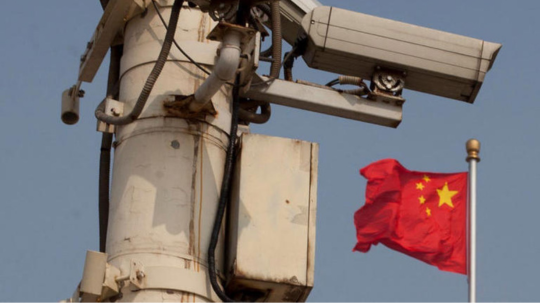China has been grappling with various economic challenges throughout this year, including deflation, a significant rise in youth unemployment, and a critical property crisis. However, an even more concerning issue has come to light: the substantial hidden debt held by local governments in China.
Estimates suggest that the liabilities of China’s local financing vehicles are approaching an astonishing $10 trillion. For a considerable period, financial markets have been regularly shaken by negative economic reports originating from China.
The world’s second-largest economy is currently facing a range of economic difficulties, from deflation and historically high youth unemployment rates to an escalating property crisis. Regrettably, the expected post-pandemic economic recovery has not materialized as anticipated.
The growing economic challenges in China prompted US President Joe Biden to characterize the situation as a “ticking time bomb.” Now, a lesser-known yet equally worrisome economic threat is emerging: China’s extensive covert debt problem.
This mainly involves a substantial amount of debt amassed by local governments in the country, primarily to fund regional infrastructure projects such as constructing bridges and roads. An analysis conducted by Chinese media outlet Caixin Global estimated that the outstanding financial obligations of these local government financing vehicles (LGFVs) are nearly an astonishing $10 trillion.
The Chinese government considers this type of debt as off-the-books lending, resulting in a lack of transparency in the market. In this context, Insider aims to clarify the nature of this shadow sector and elucidate the broader implications of LGFVs for the Chinese economy.
What exactly are China’s LGFVs?
These financing entities were established by China to facilitate funding for regional infrastructure initiatives. Initially set up to support projects like airports, highways, and energy installations, the purpose of LGFVs was to provide funding outside of the constraints of official government budgets.
The concept of “hidden debt” was officially defined by China’s State Council in 2018 as any borrowing that does not fall within the scope of on-budget government expenditures, essentially referring to financing conducted outside the established accounting records.
The LGFV sector has grown significantly since the global financial crisis in 2008, during which the Chinese government took steps to ensure the rapid expansion of the nation’s infrastructure and public services sectors to sustain its remarkable economic growth, according to Bloomberg.
Estimates from both Bloomberg and the International Monetary Fund (IMF) indicate that the total value of LGFV debt exceeds $9 trillion—remarkably close to Caixin’s assessment. The bonds issued by local governments alone amount to around $2 trillion, and any potential defaults could severely disrupt China’s $60 trillion financial system, as reported by Bloomberg.
Data from the IMF for 2023 shows that the hidden debt of LGFVs has exceeded 50% of China’s GDP for the first time.
Why is this significant?
Over the past several months, local administrations in China have been struggling to make their financing entities profitable. This has placed increased pressure on the national government to intervene, even if it comes at a high cost.
As the risks tied to this sector escalate, banks are becoming more reluctant to extend loans, investors are shying away from bonds, and viable projects are becoming scarcer, as reported by several unnamed individuals interviewed by Bloomberg.
As a result, local governments are finding it challenging to generate sufficient revenue or secure funding to cover their debt servicing obligations.
Logan Wright, head of China markets research at Rhodium Group, emphasized that “the success or failure of local government debt restructuring” will be the most critical factor influencing China’s economic growth in the next couple of years, as quoted in Bloomberg.
However, up until now, Beijing has refrained from intervening in this sector to encourage self-sufficiency.
Parallels with the property crisis
Although none of the LGFVs have yet defaulted on their debt, the growing stress in this sector draws parallels with the crisis faced by China’s real estate industry, which began in 2021 and has had widespread repercussions across global markets.
Wright pointed out that “a collapse in local government investment would have an economic impact similar to that of the real estate market crisis,” as stated in Bloomberg.
China’s substantial property sector contributes approximately 30% to the nation’s overall output. Challenges within this sector include heavy debt burdens and sluggish demand for new properties, which played a role in restraining second-quarter GDP growth to 6.3%, below the anticipated range of up to 7.1%, as reported.
Certainly, any disruption stemming from China’s considerable hidden debt would send shockwaves through the global economy.
